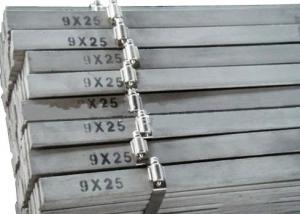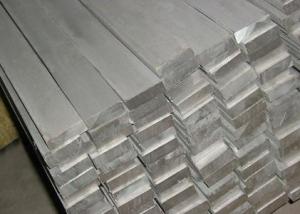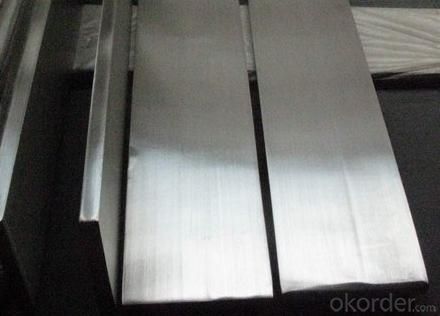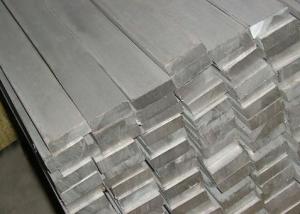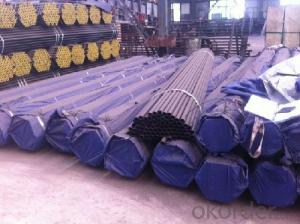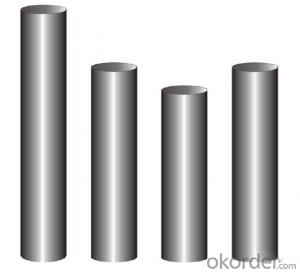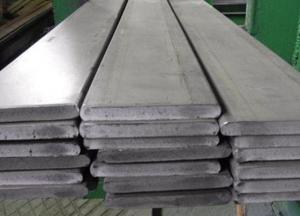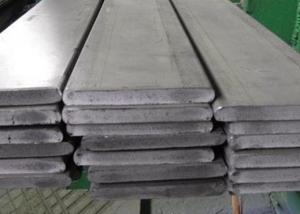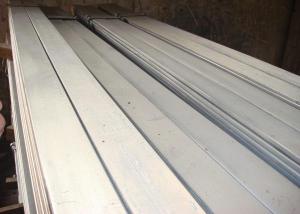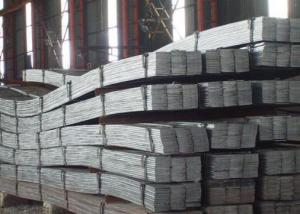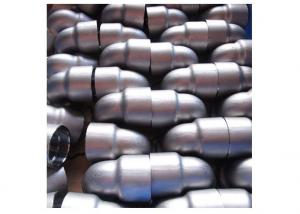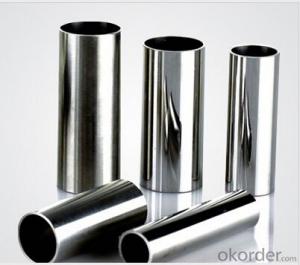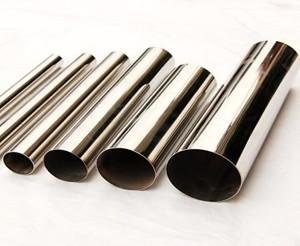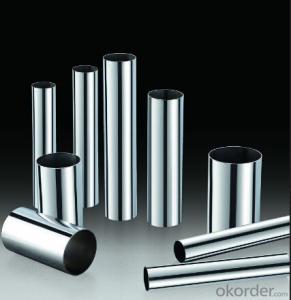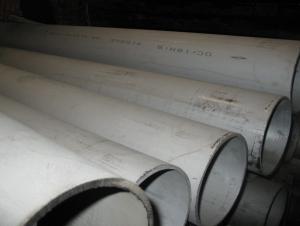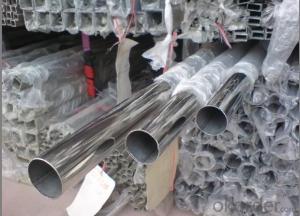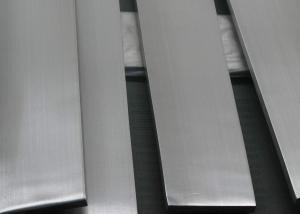Stainless Steel Flats,JISHUN
- Loading Port:
- China Main Port
- Payment Terms:
- TT or LC
- Min Order Qty:
- 5 Tons m.t.
- Supply Capability:
- 1000 Tons Per Month m.t./month
OKorder Service Pledge
OKorder Financial Service
You Might Also Like
Stainless Steel Flats
1. Standard: AISI, GB, JIS, ASTM, DIN, EN
2. Grade: 1).200Series: 201,202.
2).300Series: 301,302,303,304,304L,316,316L,321.
3).400Series: 410,410S,416,420,430,430F.
3. Size:3x25mm- 80x250mm
4. Length: 2m-6m
5. Craft: HRAP, or cold drawn
6. Stainless Steel Flat Bar Surface: Pickling or polished
7. MOQ: 1 Ton
8. Delivery: within 20 days
9. Package: Waterproof with tape
10. Application: These products are widely supplied to areas of machine-made industry, chemical industry, shipping industry,architecture, food industry, household products etc.
|
Size |
Thickness (mm) | |||||||||||
|
Width (mm) |
3 |
4 |
5 |
6 |
8 |
10 |
12 |
14 |
16 |
20 |
25 |
30 |
|
Theoretical Weight (kg/m) | ||||||||||||
|
10 |
0.238 |
0.32 |
0.4 |
0.48 |
0.63 |
|
|
|
|
|
|
|
|
15 |
0.36 |
0.48 |
0.59 |
0.71 |
0.95 |
1.19 |
|
|
|
|
|
|
|
20 |
0.476 |
0.63 |
0.79 |
0.95 |
1.27 |
1.59 |
1.9 |
|
|
|
|
|
|
25 |
0.585 |
0.79 |
0.99 |
1.19 |
1.59 |
1.98 |
2.38 |
|
|
|
|
|
|
30 |
0.714 |
0.95 |
1.19 |
1.43 |
1.9 |
2.38 |
2.85 |
3.33 |
3.81 |
4.75 |
5.948 |
|
|
40 |
0.952 |
1.27 |
1.59 |
1.9 |
2.54 |
3.17 |
3.81 |
4.44 |
5.08 |
6.34 |
7.93 |
9.52 |
|
50 |
1.19 |
1.59 |
1.98 |
2.38 |
3.17 |
3.97 |
4.76 |
5.55 |
6.34 |
7.93 |
9.91 |
11.9 |
|
60 |
1.428 |
1.9 |
2.38 |
2.85 |
3.81 |
4.76 |
5.71 |
6.66 |
7.61 |
9.52 |
11.9 |
14.27 |
|
70 |
|
2.22 |
2.78 |
3.33 |
4.44 |
5.55 |
6.66 |
7.77 |
8.88 |
11.1 |
13.88 |
16.65 |
|
80 |
|
|
3.17 |
3.81 |
5.08 |
6.34 |
7.61 |
8.88 |
10.15 |
12.69 |
15.86 |
19.03 |
|
90 |
|
|
3.57 |
4.28 |
5.71 |
7.14 |
8.56 |
9.99 |
11.42 |
14.27 |
17.84 |
21.41 |
|
100 |
|
|
3.97 |
4.76 |
6.34 |
7.93 |
9.52 |
11.1 |
12.69 |
15.86 |
19.82 |
23.79 |
|
110 |
|
|
|
5.23 |
6.98 |
8.72 |
10.47 |
12.21 |
13.96 |
17.45 |
21.81 |
26.17 |
|
120 |
|
|
|
5.71 |
7.61 |
9.52 |
11.42 |
13.32 |
15.23 |
19.03 |
23.79 |
28.55 |
|
130 |
|
|
|
6.19 |
8.25 |
10.31 |
12.37 |
14.43 |
16.49 |
20.62 |
25.77 |
30.93 |
|
140 |
|
|
|
6.66 |
8.88 |
11.1 |
13.32 |
15.54 |
17.76 |
22.2 |
27.76 |
33.31 |
|
150 |
|
|
|
7.14 |
9.52 |
11.9 |
14.27 |
16.65 |
19.03 |
23.79 |
29.74 |
35.69 |
|
160 |
|
|
|
7.61 |
|
12.69 |
15.23 |
17.76 |
20.3 |
25.38 |
31.72 |
38.06 |
|
170 |
|
|
|
|
|
13.48 |
16.18 |
18.87 |
21.57 |
26.96 |
33.7 |
40.44 |
|
180 |
|
|
|
|
|
14.27 |
17.13 |
19.98 |
22.84 |
28.55 |
35.69 |
42.82 |
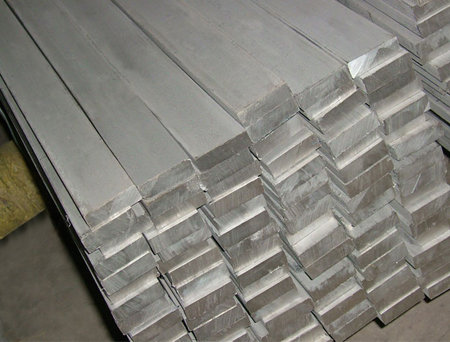
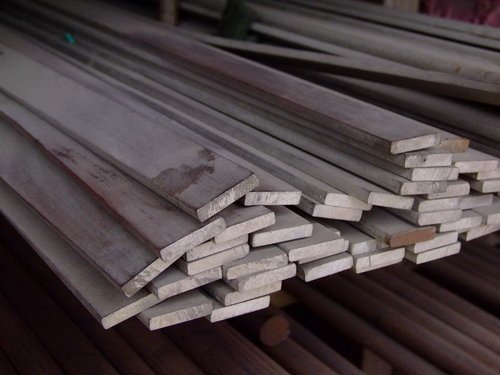
- Q: What are the disadvantages of using stainless steel pipes?
- Some potential disadvantages of using stainless steel pipes include their higher cost compared to other materials, their susceptibility to corrosion under certain conditions, and the difficulty of welding and shaping them. Additionally, stainless steel pipes may be prone to scratching or denting, and they can be less resistant to certain chemicals or extreme temperatures compared to other materials.
- Q: What are the common sizes and dimensions of stainless steel pipes?
- Different applications and requirements necessitate a variety of sizes and dimensions for stainless steel pipes. The pipes' nominal pipe size (NPS), which denotes their inner diameter, is typically used to classify the common sizes and dimensions. Stainless steel pipes commonly come in sizes ranging from 1/8 inch to 36 inches in diameter. These sizes are widely used in industries like construction, oil and gas, chemical processing, and plumbing. However, it is also possible to have stainless steel pipes customized to meet specific needs. In terms of dimensions, stainless steel pipes usually adhere to standard schedules that specify their wall thickness. The most prevalent schedules are Schedule 5, Schedule 10, Schedule 40, and Schedule 80. Each schedule has a varying wall thickness, enabling different levels of pressure and strength. Furthermore, stainless steel pipes are available in various lengths, ranging from 20 feet to custom lengths based on the manufacturer and application. The standard length for stainless steel pipes is often 6 meters or 20 feet, but shorter or longer lengths can be requested or cut to fit specific project requirements. It is crucial to consider other factors when selecting stainless steel pipes, such as material grade, corrosion resistance, temperature and pressure ratings, and adherence to industry standards. To ensure the correct choice of stainless steel pipes for a specific application, it is advisable to consult with a professional or refer to the appropriate standards and specifications.
- Q: What are the different types of stainless steel pipe hangers?
- There are several different types of stainless steel pipe hangers, including clevis hangers, u-bolt hangers, split ring hangers, and riser clamps.
- Q: How do you calculate the pressure drop in stainless steel pipes?
- To calculate the pressure drop in stainless steel pipes, you can use various methods such as the Darcy-Weisbach equation, the Hazen-Williams equation, or the Manning formula. These formulas consider factors like pipe diameter, length, flow rate, fluid properties, and pipe roughness to determine the pressure loss. Additionally, online calculators and software programs are available to simplify the calculations.
- Q: What is the difference between Type 304L and Type 316L stainless steel pipes?
- Type 304L and Type 316L stainless steel pipes are commonly chosen for a variety of uses due to their ability to resist corrosion. However, they differ in their composition and performance in specific settings. The primary distinction lies in their alloy content. Type 304L stainless steel contains 18-20% chromium and 8-12% nickel, whereas Type 316L stainless steel contains 16-18% chromium, 10-14% nickel, and 2-3% molybdenum. The inclusion of molybdenum in Type 316L enhances its corrosion resistance, particularly in environments with high chloride concentrations. As a result, Type 316L is more suitable for applications where the pipes will come into contact with seawater, brine, or other harsh chemicals. Another factor that sets them apart is their mechanical properties. Type 316L stainless steel has slightly higher tensile strength and yield strength compared to Type 304L. It also exhibits better creep and stress rupture properties, making it more appropriate for high-temperature uses. However, for most general purposes, Type 304L is still a good choice, offering excellent durability and longevity. When it comes to cost, Type 316L stainless steel pipes are typically more expensive than Type 304L due to the additional alloying elements. Therefore, the decision between the two will depend on the specific requirements of the application, taking into account factors such as the corrosive environment, temperature, and budget. Overall, while both Type 304L and Type 316L stainless steel pipes provide excellent corrosion resistance, Type 316L offers superior performance in more aggressive environments and higher temperatures. It is advisable to consult with a materials expert or engineer to determine the most suitable stainless steel pipe for a particular application.
- Q: What is the cost difference between stainless steel and other types of pipes?
- The cost difference between stainless steel pipes and other types of pipes can vary depending on various factors such as the specific type of pipe material, size, and quality. Generally, stainless steel pipes tend to be more expensive than other types of pipes like PVC or copper due to their superior durability, corrosion resistance, and high-quality material. However, it is important to consider the long-term benefits and lifespan of stainless steel pipes, which may outweigh the initial cost difference.
- Q: What are the different types of stainless steel pipe caps?
- There are various types of stainless steel pipe caps, including threaded caps, socket weld caps, butt weld caps, and compression caps.
- Q: Can stainless steel pipes be used for rainwater harvesting systems?
- Stainless steel pipes are indeed suitable for rainwater harvesting systems. This material possesses durability and resistance to corrosion, making it an ideal selection for the collection and storage of rainwater. Moreover, stainless steel pipes are effortless to maintain and boast a prolonged lifespan, guaranteeing the system's effectiveness and longevity. Furthermore, due to their hygienic nature, stainless steel pipes do not taint the collected rainwater, ensuring its safety for multiple applications, including irrigation, cleaning, and even drinking in certain instances.
- Q: Can stainless steel pipes be used in the petrochemical industry?
- Yes, stainless steel pipes can be used in the petrochemical industry. Stainless steel has excellent corrosion resistance properties, making it suitable for handling various aggressive chemicals and fluids found in petrochemical processes. Additionally, stainless steel pipes offer high strength, durability, and are capable of withstanding high temperatures and pressures, making them a reliable choice for the petrochemical industry.
- Q: Can stainless steel pipes handle high temperatures?
- Yes, stainless steel pipes are capable of handling high temperatures. Stainless steel is known for its excellent heat resistance, making it suitable for various applications that involve elevated temperatures. The specific grade of stainless steel used will determine the maximum temperature the pipes can withstand. For instance, austenitic stainless steel grades such as 304 and 316 can typically handle temperatures up to around 1600°F (870°C), while higher alloyed grades like 310 and 321 can withstand even higher temperatures. This heat resistance is due to the presence of chromium and other alloying elements in stainless steel, which form a protective oxide layer that prevents corrosion and oxidation at high temperatures. Therefore, stainless steel pipes are commonly used in industries such as petrochemical, power generation, and heat exchangers, where high temperatures are prevalent.
Send your message to us
Stainless Steel Flats,JISHUN
- Loading Port:
- China Main Port
- Payment Terms:
- TT or LC
- Min Order Qty:
- 5 Tons m.t.
- Supply Capability:
- 1000 Tons Per Month m.t./month
OKorder Service Pledge
OKorder Financial Service
Similar products
Hot products
Hot Searches
Related keywords

